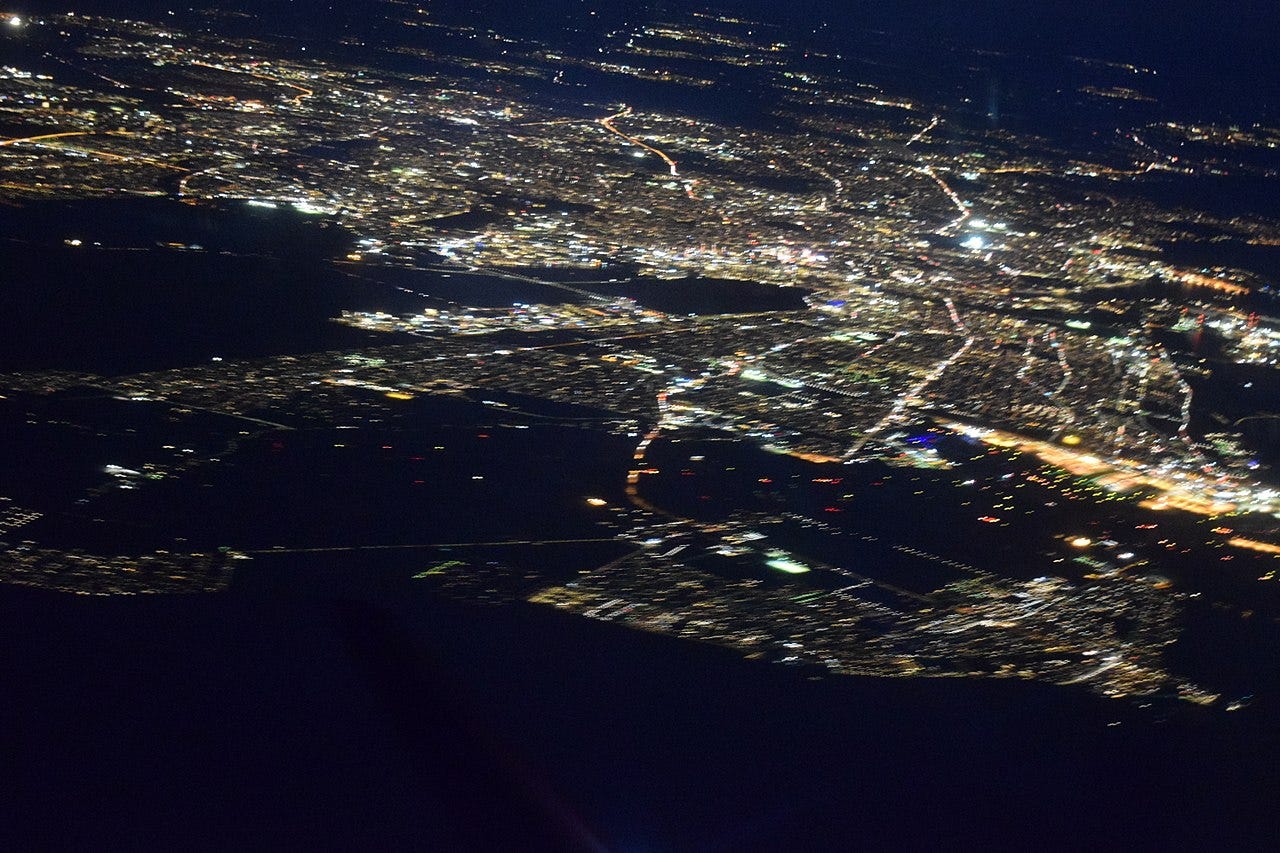In many ways, the built environment - i.e. the human-made places where we live and interact, and the infrastructure we rely on - has material implications for physical and mental health.
Throughout all of them, two considerations are key.
First: Who, in the past, now, and into the future, does and does not get to benefit from the “good stuff”, as the long-time environmental justice advocate Robert Bullard has put it - from clean air, green space, and just space in general?
Second: While design has a significant role to play in shaping the built environment - and its impact on our bodies and minds - ultimately outcomes are set in motion by planning and resourcing processes. Every place is linked into wider power dynamics.
The World Health Organization describes the social determinants of health like this:
“The social determinants of health (SDH) are the non-medical factors that influence health outcomes. They are the conditions in which people are born, grow, work, live, and age, and the wider set of forces and systems shaping the conditions of daily life.
These forces and systems include economic policies and systems, development agendas, social norms, social policies and political systems.”
Here are seven contexts through which the built environment operates as a social determinant of health (there are many others!):
Housing: The kind of housing that people have access to, the materials it is made of, the safety of its structure, the space it does or does not provide.
Workplaces: Indoors in factories and warehouses, outdoors on construction sites…the places where people work (including their adaption or not to climate impacts) can have a dramatic effect on workers’ health over the short and long term.
Schools: School buildings (or, more broadly, educational contexts), can have a transformational impact on children and young people’s experience of and engagement with education. Check out an earlier It’s Material post on what school buildings tell us.
Sports and recreation: Similarly, whether children and adults have access to safe places for sports and other forms of recreation is instrumental to both physical and mental health.
Transit: The amount of time somebody takes commuting to and from their place of work, or across their city, and the nature of that travel can accumulate mental and physical stress over time.
Clean water and air: Infrastructure, production processes and their location determine whether people have access to clean water and sanitation, and clean air to breathe.
Green spaces: I’ve experienced it frequently and you may have too - the striking way that synapses expand when you are in a space with nature. Multiple studies have found the correlation between access to green spaces and mental health.
In each of these areas, there are corresponding rights that provide an international legal framework for action, delineation of public and private sector responsibilities, and pathways to accountability.
A combined human rights and health lens to decision-making in the built environment opens up multiple possibilities for change, from the level of a single building, all the way through to territories and regions.
**************************
Through 2024, It’s Material is sharing one use of the word “material” each week, on Tuesdays.
See also: “Dignity by Design: Human Rights and the Built Environment Lifecycle” - a blueprint for action
WHO guidance on monitoring the “social determinants of health equity”





